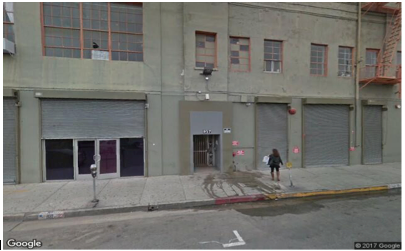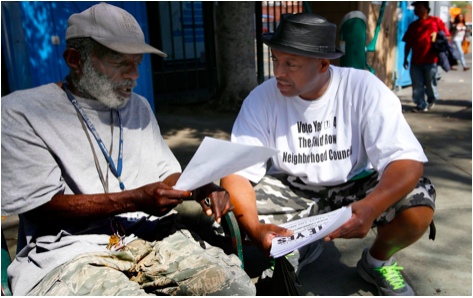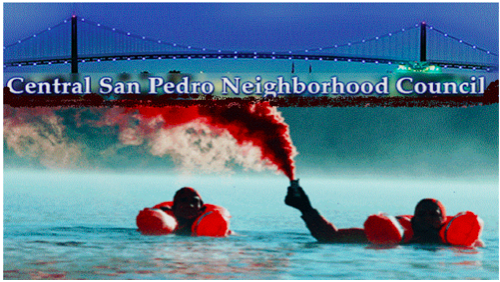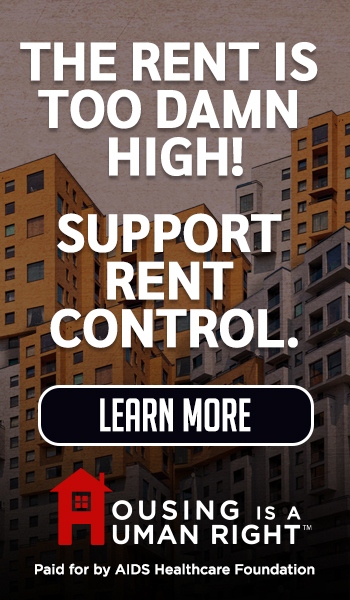LA’s ‘Ghost Ship’: Is This Justice or Just Us?
GUEST WORDS--Is this justice or does this mean just us. Politicians are bragging about HHH and what they will do. The question is, what are they doing now. 931 to 937 E. Pico and 1518 S. Paloma St. have been left in the wash in the political bragging.











